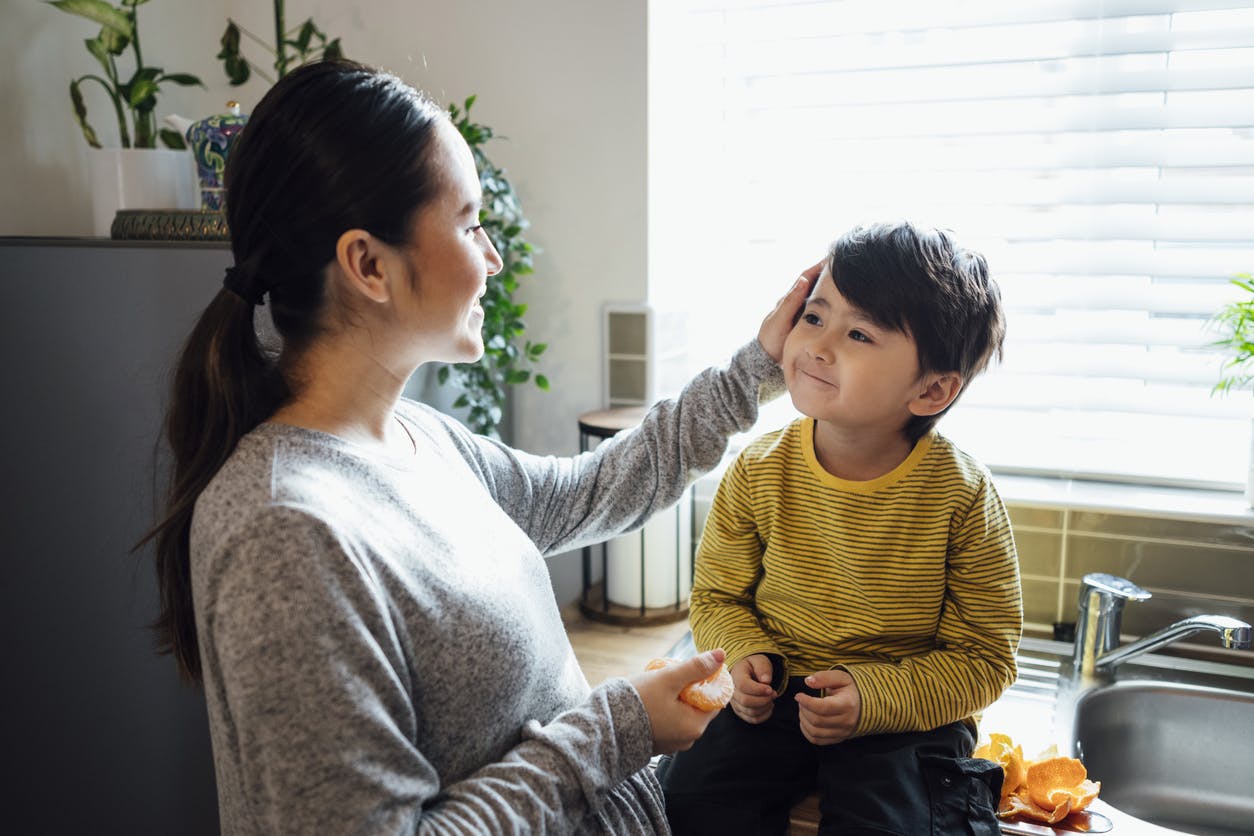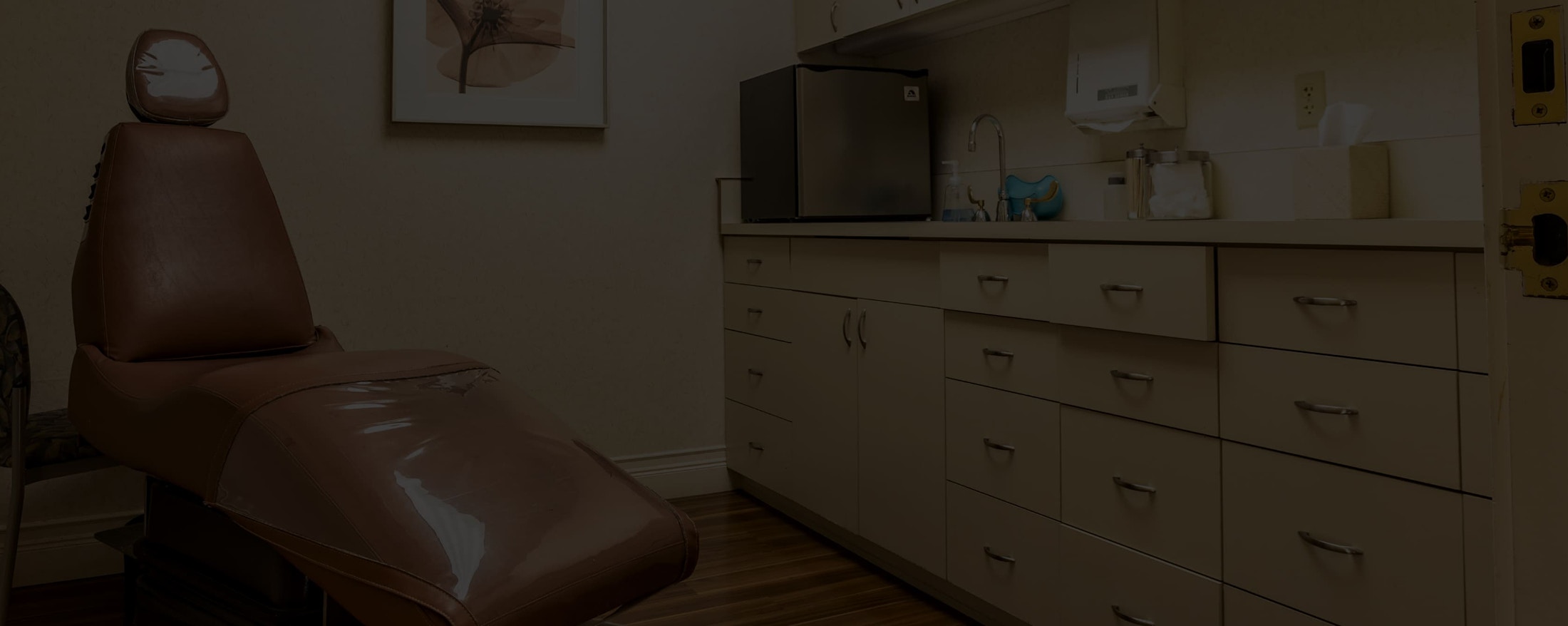Microtia, a congenital defect, can impact hearing, aesthetics, and confidence. Dr. Grace Graw offers advanced reconstructive microtia surgery in Palo Alto to reshape ears for a natural and pleasing appearance. Reconstructive procedures provide functional, aesthetic, and social advantages, potentially preventing teasing and bullying in school. As a mother herself, Dr. Graw's compassionate approach helps reassure even the most anxious patients.
What are the different types of microtia?
Microtia is divided into 4 types, ranging from small ears to virtually non-existent ears.







